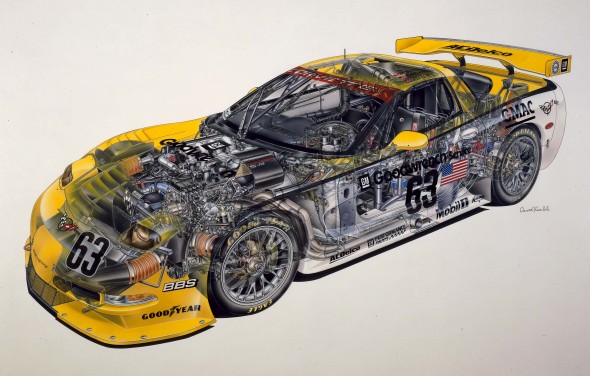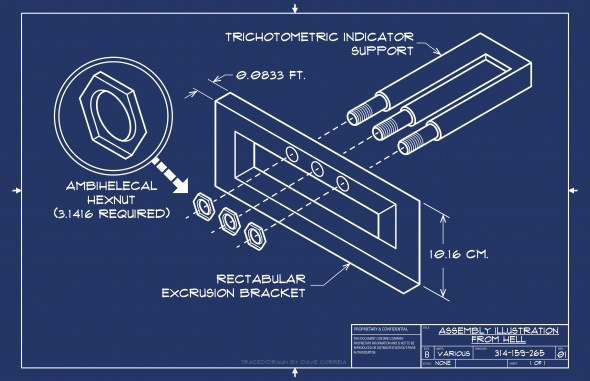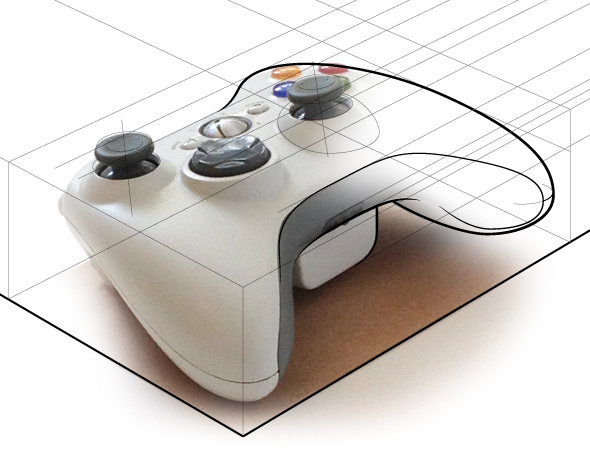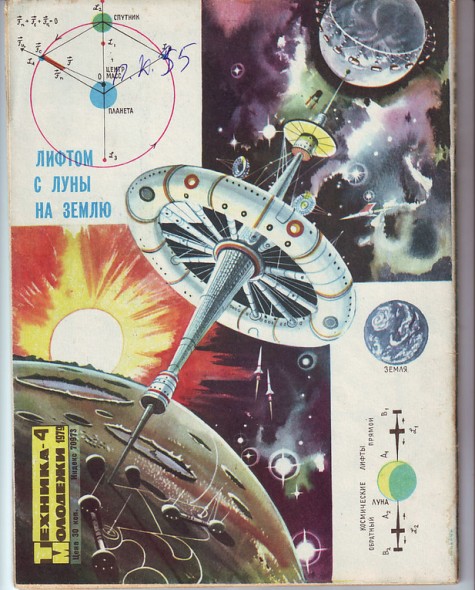Davvi wrote in to tell me about this somewhat hidden collection of technical illustrations and photography of the Chevy Volt. Very cool stuff, hopefully that link doesn’t disappear!
From there I found my way to GM’s excellent media portal which provides official content and high resolution images for news and editorial outlets. Digging around in the photo section yielded some awesome finds like the huge David Kimble airbrushed cutaway illustration above. Try searching for illustration, cutaway, and rendering, you’ll love what you find!
Know of any other manufacturers with public media portals? Let us know in the comments!






